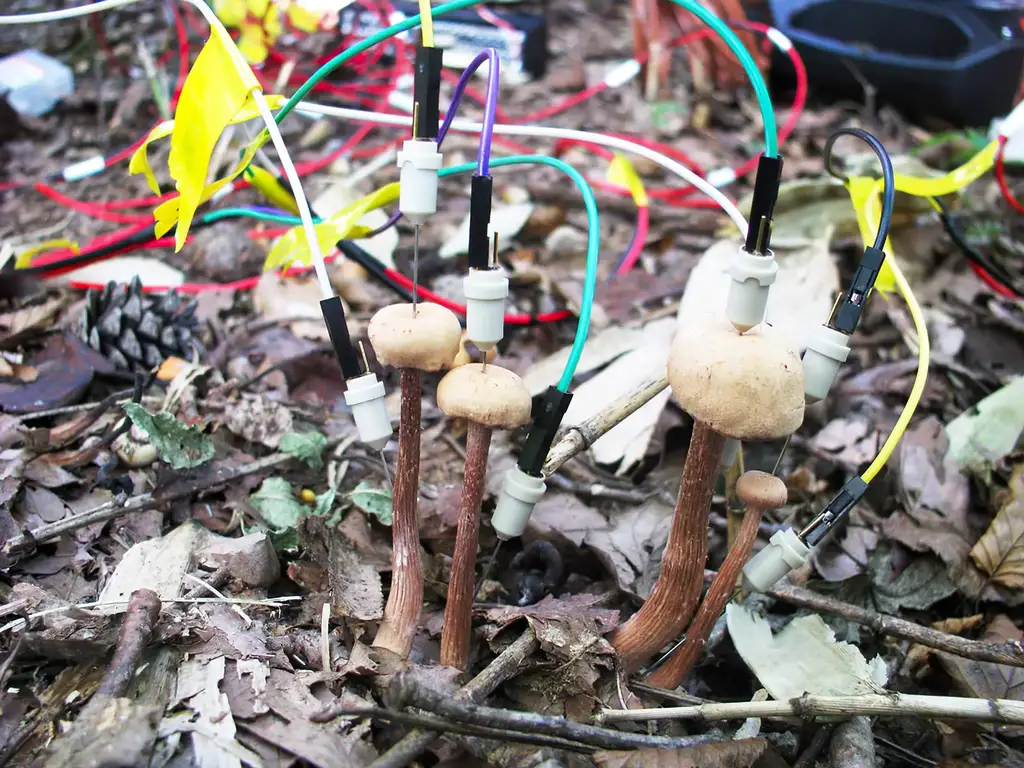A forest study of Laccaria bicolor fungi, a type of ectomycorrhizal fungi, showed that these fungi produce oscillating electrical signals after rain, with evidence of signal transmission between neighboring fungi. This finding, unlike previous laboratory studies, opens up new avenues for investigating the electrical potentials of fungi in their natural environment, suggesting the possibility of communication between fungi and possibly trees via electrical signals.
Some fungi play a very important role in the ecological support of forest trees. One such example is ectomycorrhizal fungi. Commonly found in pines, oaks, and birches, ectomycorrhizal fungi form a sheath around tree roots, and mycelial stems develop into large underground networks that absorb vital nutrients from the soil and transfer them to the trees.
The scientists studied the possibility of electrical signal transmission between fungi and trees through mycelial networks. It is thought that fungi produce electrical signals in response to external stimuli and use these signals to communicate with each other, coordinate growth, and other behaviors. It has even been hypothesized that these signals could be used to deliver nutrients to plants and trees.
However, modern scientific evidence remains inconclusive. In addition, many studies were limited to the laboratory and could not reproduce what happens in nature.
Now, a group of researchers has recently ventured onto the forest floor to study the tiny, brownish-brown ectomycorrhizal fungi known as Laccaria bicolor. By attaching electrodes to six mushrooms in a cluster, the researchers found that the electrical signals increased after rain.
“Originally the mushrooms showed a lower electric potential, and we attributed this to a lack of precipitation,” says Yu Fukasawa of Tohoku University, who led the project with Takayuki Takehi and Daisuke Akai of the Nagaoka National Institute of Technology. Masayuki Ushio of the Hakubi Center at the College and Kyoto University (now at the Hong Kong University of Science and Technology). “However, the electrical potential began to fluctuate after the rain, sometimes exceeding 100 mV.”
The researcher attributed this fluctuation to precipitation and temperature, and causality analysis showed that the electrical potential after rain showed signal transmission between fungi. This transport was particularly strong and showed directionality among spatially close fungi.
“Our results confirm the need for further research into the electrical potentials of fungi in a real ecological context,” adds Fukasawa.
Source: Port Altele
